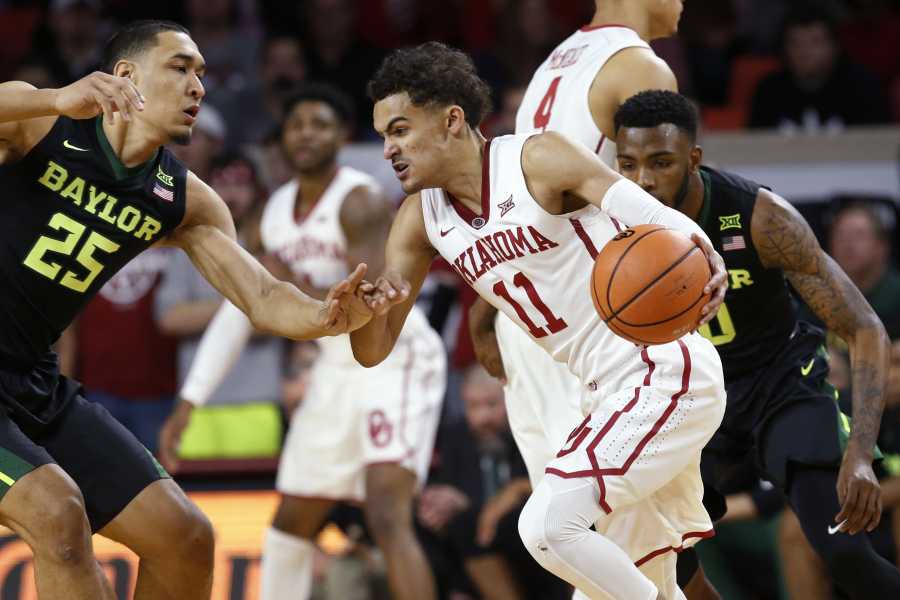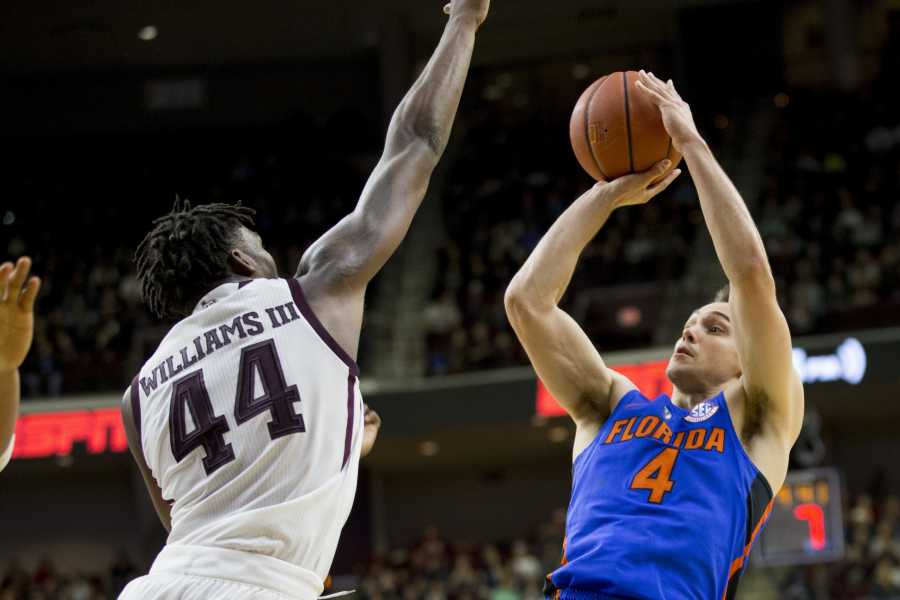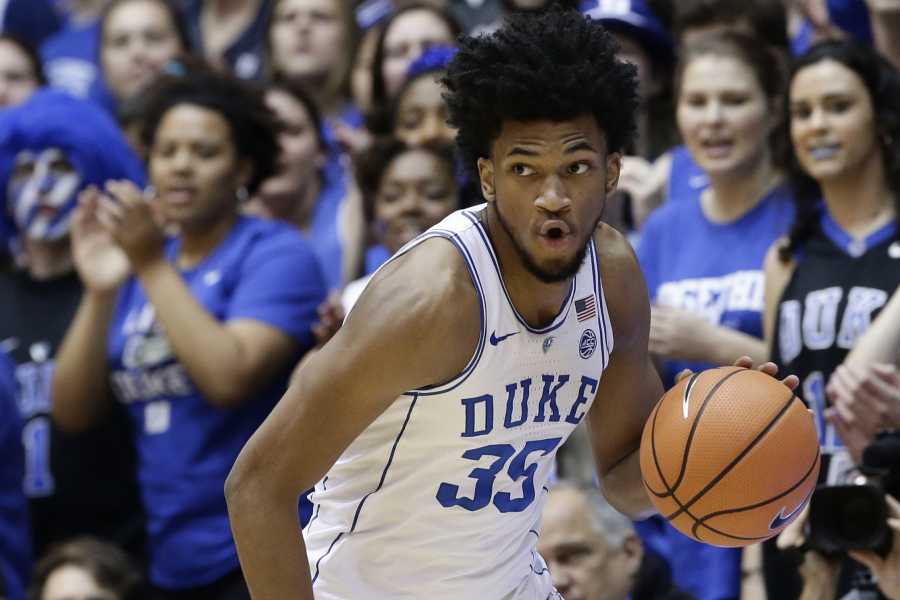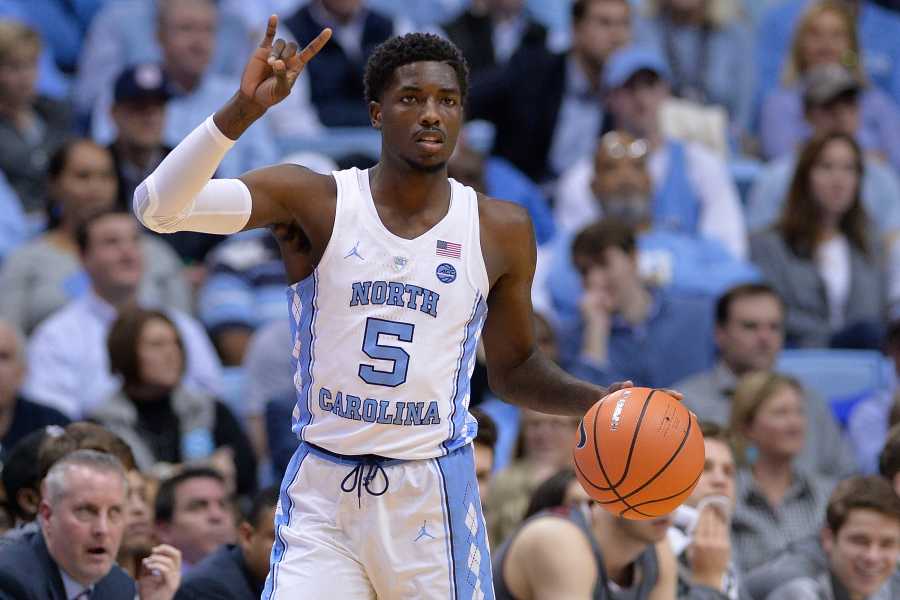Asia Durr isn’t blinking. Her No. 9 Louisville Cardinals are facing No. 5 Ohio State. Durr's brown eyes are frozen, teeth clenched. She doesn’t see anyone. Doesn’t hear anything. In this moment, on this hardwood at Nationwide Arena in Columbus, someone is going to suffer. Scratch that. With the ball in her possession and 30 seconds to strike, an entire team will.
Durr jabs hard to the left, then crosses to the right—too quick, too slick—and her defender inevitably bites. Durr pops a step-back three, leaning like she knows it’s good. Of course it is. It’s only the first quarter, but she’s got that look in her eye.
Terry Durr, Asia’s father, who is seated directly across from the Louisville bench, recognizes that look immediately.
“She’s ready to destroy someone,” Terry says of his daughter.
In this moment, she’s someone else. The woman obsessed with SpongeBob SquarePants who taught her poodle, Precious, to howl when the theme song comes on, who loves haunted houses and horror movies but gets so scared she has to sleep with the lights on for the next few days—that girl takes on a different personality.
“I call her the Baby-Faced Killa,” says DeQuan Jones, a friend who plays for the Fort Wayne Mad Ants of the NBA G League. “She looks so innocent, but when she steps on the court, she literally will attack you.”
No one’s safe.
When she was the nation’s No. 1 recruit at Atlanta’s St. Pius X Catholic High, Durr dropped 44 against Jonesboro (Jonesboro, GA) and 49 against Redan (Stone Mountain, GA). With 45 seconds remaining against Redan, she spun past one defender in the backcourt and two more at midcourt before going behind the back of another at the elbow, sinking the and-1 layup despite getting smacked inside. During her second meeting with Redan, she dropped 53.
“Just cold-blooded,” says Kyle Snipes, St. Pius’ head coach. “No regard for human life.”
When she suited up for Louisville during her second year, she gave Syracuse 36 points, full of scorn after scoring just two in the first half. Baylor felt it, too, when she rained five threes on the Lady Bears in the Sweet 16 last March.
And this season? Durr snatched the soul out of No. 2 Notre Dame, dropping 36 in a 100-67 rout on Jan. 11, including a dazzling three to end the third quarter.
Coaches struggle to pick their poison with Durr. She can finish with contact at the rim. She’s a magician off screens. She’s got a rainbow arc of a shot. She’s effective off the bounce and off the catch. Think of the quick-trigger swagger of Diana Taurasi. Think of the fundamental-first finesse of Maya Moore.
Durr is next in line.
“She can be one of the greatest players to have ever played, period,” says Dorian Lee, her long-time trainer, who has worked with WNBA greats like Moore, Chamique Holdsclaw, Cheryl Ford and Swin Cash.
Durr, a guard in her junior year, is making a case against Ohio State. As Terry looks on, she’s jab-stepping, swaying back and forth with in-and-out moves, pulling up two feet beyond the three-point line, casually hopping into the deep treys like they’re layups.
She leaves Ohio State coach Kevin McGuff astonished. “Unbelievable,” he says. “They were all tough shots.” And she finishes with a school-record 47 points, including 13 in overtime, to lead the Cards to a 95-90 upset.
Durr doesn’t smile or gloat after any of her nine three-pointers. She does, however, have a go-to phrase she says silently to herself after each one.
“When you take a shot, and you feel like it’s going in—and it does go in—you say ‘nite nite,’” says Durr. The phrase is also her favorite hashtag on Instagram. “Or when you put someone to sleep, or when you shoot the lights out, you say ‘nite nite.’”
Shooting isn’t her only super power, though.
“I don’t back down. That’s not in my DNA,” Durr says. “It doesn’t have to always be scoring, but I just try to make sure I make a statement and to make my presence known.”






